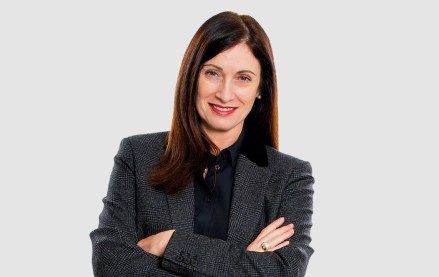Omnicom Media Group maps its own path to avoid the potholes of programmatic

The problems with investing media dollars through programmatic means are well documented, the most recent example being the ANA’s study released in December. Still, despite these issues, the marketing and media worlds continue to invest more and more via programmatic means. Why is that?
One media agency network, Omnicom Media Group (OMG), argues it’s just a matter of paying attention to the problems and being more careful in how you invest your clients’ dollars programmatically. By using its own standards, as well as those of the ANA, OMG delivered results for its clients that it said outperformed the averages the ANA study revealed.
Under the umbrella of its Council on Accountability and Standards in Advertising (CASA), last fall OMG formed an initiative that aimed to standardize and align the buy and sell sides of programmatic investment. Led by Ryan Eusanio, managing director of digital activation, OMG is working with six major SSPs to help align their common interests, including Magnite, Index Exchange, Google Ad Manager, Pubmatic, Freewheel and Microsoft’s Xandr.
Outcomes for participating OMG clients (including State Farm insurance) showed that adoption of the shared standards and best practices from both ANA and its own initiative can generate up to the 90th percentile for premium inventory, said Eusanio. Similarly, OMG was able to keep MFA delivery to less than 1%, compared to the 15% average found in ANA’s study.
“As a State Farm partner, Omnicom Media Group has been a game-changer for our programmatic media strategy,” said Alyson Griffin, head of marketing at State Farm. “Understanding where our ads are delivered and how they’re purchased are a key part of proving the effectiveness of our advertising.”
The December ANA programmatic study used campaign data from 21 marketers that added up to over $120 million in ad spend between September 2022 and January 2023. Among other insights, it showed that only 36 cents of every dollar placed through a DSP actually reaches consumers, while 29 cents goes toward ad-tech fees, while the balance ends up in low-quality media like MFAs and invalid traffic.
And even though OMG’s results kind of outshine the darker findings of the ANA’s study, Eusanio pointed out it’s in part because of what the ANA uncovered that OMG was able to generate better results that avoided the potholes. It’s essentially a validation of what the ANA found.
ANA’s Bill Duggan sees it as a win-win for the industry overall. “The marketers winning in programmatic advertising are those which take an active interest in media,” said Duggan, ANA’s group evp, who’s been leading the organization’s charge in pursuing programmatic clarity. “They ask questions, get answers, take action, and improve performance. And they work with agenda partners who understand that and are proactive on their behalf.”
More in Media Buying

Omnicom confirms the pending exit of influential Annalect chief Slavi Samardzija
The CEO and architect of Omni departs, hinting at pending changes as Omnicon continues $13.5 billion IPG takeover bid.

WPP has its next CEO – but what do clients make of the heir apparent?
The ad industry’s hot take industrial complex went into overdrive upon yesterday’s WPP coronation. Clients are keeping their counsel, however.

Who is Cindy Rose, WPP’s insider-outsider pick for its next CEO?
The British holding company has named its next CEO — a Microsoft executive and board member of six years.








